Arguably the most popular brand of cream cheese in the U.S. is Philadelphia, which is made by the Kraft-Heinz company, but is Philadelphia cream cheese gluten-free? Let's dig in and find out whether this soft cheese is safe to consume on a gluten-free diet.
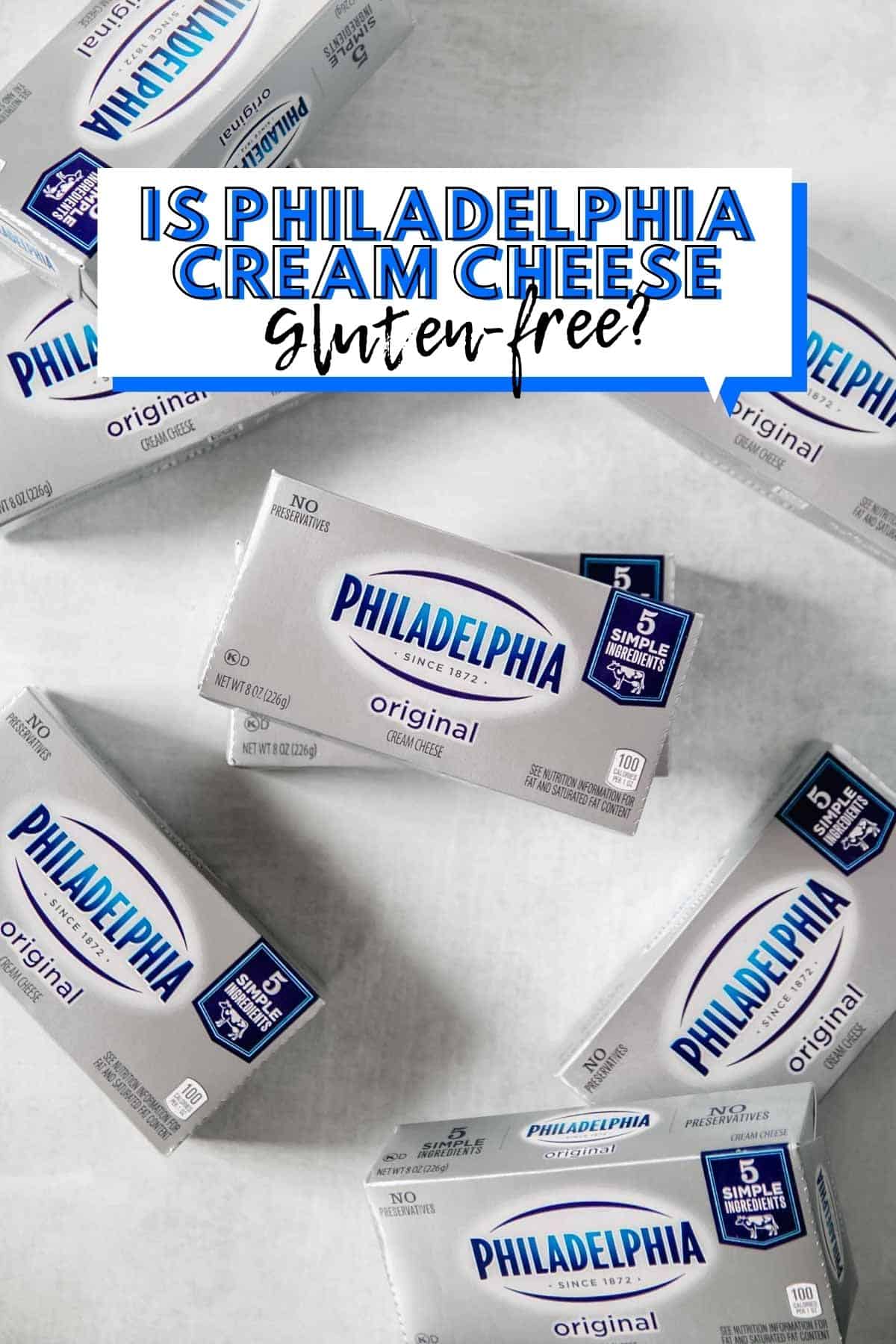
Jump to:
- Quick Facts
- What is Philadelphia Cream Cheese?
- Celiac Disease and Gluten Sensitivity
- Ingredient List
- Kraft-Heinz Gluten Labeling Information
- Is Philadelphia Cream Cheese Gluten Free?
- Are Other Brands Gluten Free?
- When is Cream Cheese Not Gluten Free?
- Key Takeaways
- More Gluten-Free Resources
- Comments and Ratings
Quick Facts
- Cream Cheese is naturally gluten-free. It is made from fresh milk and cream, salt, carob bean gum, and cheese culture.
- Always double check labels for the most up to date information and ingredients.
- Avoid cross-contact. Don't share cream cheese with gluten-containing items or utensils.
What is Philadelphia Cream Cheese?
Whether you're spreading it on good gluten-free bagels or using as an ingredient in a delicious cheesecake, you're likely familiar with Philadelphia cream cheese.
Cream cheese is a soft, mild-tasting fresh cheese made from fresh milk and cream. Cream cheese was first made when a cheesemaker attempted to make Neufchâtel cheese, a tangy, crumblier cheese product that was popular in Europe at the time. Instead, he added too much cream which resulted in a richer, more spreadable cheese, that would eventually be called cream cheese.
Philadelphia claims to be the original cream cheese and is the most popular cream cheese brand in the United States. For the best quality, they use carefully selected fresh fruit and vegetables, and never add artificial preservatives, dyes or flavors in any of their cream cheese spreads.
At this point, Philadelphia has an entire range of dairy products from full-fat cream cheese, third less fat Neufchatel cheese, whipped cream cheese, dips, spreads, and ready to go snacks, in flavors like chive and onion, strawberry, and honey pecan.
Celiac Disease and Gluten Sensitivity
If you're unfamiliar with Celiac Disease, read this excellent explanation from Beyond Celiac. In short, celiac disease is an autoimmune condition in which the immune system recognizes gluten as foreign and begins to attack it. The villi of the intestines, which are trying to digest the gluten along with other food, get damaged in the process. Damaged villi make it nearly impossible for the body to absorb nutrients, leading to malnourishment and eventually to a whole host of other problems.
If you have celiac disease or gluten sensitivity, you're likely already aware of the need to read the ingredient label on all packaged food, because even those foods you don't think could have gluten, could contain it! Not to mention, there is a lot of disinformation and you could be avoiding some foods unnecessarily, like shredded cheese which is gluten-free, so it's always good to check for yourself and make informed decisions.
Most cheeses, including cream cheese, are gluten-free, but it is still important to read the ingredients label for the most accurate information at the time of consumption. The more processed a cheese product is, the more likely it could contain gluten so pay special attention to flavored varieties, spreads, and dips.
Ingredient List
Since there are currently many flavors of Philadelphia cream cheese and cream cheese products which have additional ingredients, we will just focus on the plain cream cheese for now.
The ingredients in Kraft Philadelphia Original Cream Cheese bricks are:
Pasteurized milk and cream, salt, carob bean gum, cheese culture.
The ingredients in Philadelphia original cream cheese spread are:
Pasteurized Milk and Cream, Whey Protein Concentrate, Whey, Salt, Carob Bean Gum, Natamycin (a Natural Mold Inhibitor), Vitamin A Palmitate, Cheese Culture.
The ingredients in original flavor whipped cream cheese are:
Pasteurized Milk and Cream, Skim Milk, Whey Protein Concentrated Modified Food Starch, Salt, Carob Bean Gum, Xanthan Gum Lactic Acid, Natamycin (a Natural Mold Inhibitor), Vitamin A Palmitate, Cheese Culture.
The only red flag ingredient in any of these cream cheeses is modified food starch, which can sometimes be derived from wheat. In this instance though, we do not need to worry that it could be derived from wheat because of Kraft's labeling policies.
Kraft-Heinz Gluten Labeling Information
According to Kraft's FAQs page, they will label for all sources of gluten in their products. They also state that the ingredient list on food labels is the best way to get accurate information about whether food and beverage products contain gluten.
From Kraft:
"Please note our products are produced and labeled in compliance with the FDA. When labeling products, we consider - and label for - all possible sources of the 8 major allergens recognized by the FDA. These are eggs, fish, crustacean, shellfish, milk, peanuts, soy, tree nuts and wheat. Kraft Heinz also labels for additional allergens or substances of interest including [...] all sources of gluten in levels over 10 ppm. If any of these substances are added to the product, they will be listed in the Ingredient Statement."
Kraft elaborates on their gluten labeleing policies to state that for labeling purposes, Kraft Heinz products made with:
- A gluten-containing grain as a direct ingredient will list the grain using commonly known terms such as “wheat, barley, rye and/or oats.” For example: “wheat flour.”
- A source of gluten as a component of another ingredient, such as flavors or modified food starch, will list the grain in parentheses after the ingredient in the ingredient line. For example, “natural flavor (contains rye).”
- Food starch and modified food starch listed in the ingredient statements of Kraft Heinz’s products often refer to corn starch. If a Kraft Heinz’s product uses food starches from a gluten-containing source, such as wheat starch, the source is always identified in the ingredient statement.
- Only certain Kraft Heinz products are labeled with a gluten-free claim on the front of the package. These products have been tested and validated to contain less than 20 ppm gluten. Other products do not have gluten ingredients, but unless the product has been validated through testing, Kraft does not label the finished product as gluten-free.
Even still, you may be curious if Kraft takes issues of cross-contact during production into consideration when declaring allergens on a label. Here's what I found regarding their policies required of ingredient suppliers. You can read the whole document for more information on allergens, but here is an excerpt:
"The supplier shall have an effective program to evaluate, identify, and control food allergens to ensure that specific allergens are not inadvertently incorporated as an undeclared component of any product. The information provided by the supplier should allow for an unambiguous determination of the need for allergen declaration in a Kraft Heinz product."
Kraft is just as strict within their own facilities as they are with their suppliers. They are pretty strict about declaring any possible sources of gluten, even from production or cross contact. Below is a statement from Kraft about their allergen protocols in their own facilities:
"For each product, we thoroughly review all ingredients, including ingredient components and processing aids, and the production process, to determine whether there are or may be any allergens present in the product.
We take special precautions to thoroughly clean and sanitize all our production lines between product changeovers on a line. We build these cleaning procedures into our safety systems to make sure there is no carryover from allergens; for example when switching from nut-containing products to ones without nuts.
We understand that allergic consumers are concerned about the potential carryover of an allergen between products that are manufactured on shared equipment. Most of our production lines are designed to be convertible to other products.
If a product is made on shared equipment, every reasonable precaution, including stringent cleaning and sanitation practices, is taken to prevent cross-contact with the eight major allergens (eggs, fish, shellfish, milk, peanuts, soy, tree nuts and wheat). When contact with one of these allergens is unavoidable, then the product is labeled appropriately with a cross-contact statement."
And you can read another similar statement from Kraft in this facebook post. Suffice it to say, if an ingredient is not listed on the label of a Kraft product, it is safe to assume that the product is free of that allergen or ingredient.
Is Philadelphia Cream Cheese Gluten Free?
The good news is regular cream cheese is inherently gluten-free since it is made with gluten-free ingredients.
At the time of posting, none of the flavors of Philly cream cheese, spreads, or dips themselves appear to have any gluten-containing ingredients. This does not include the ready to eat cheesecake, dips, and snack range, some of which include wheat products like crumbles, pretzels, and bagel chips.
Although at this time Kraft is not validating these products with a gluten-free label, they do have strict labeling policies in place and they label for all sources of gluten.
In most cases, Philadelphia cream cheese should be safe to consume for someone with Celiac Disease, gluten-intolerance, or gluten sensitivity.
Please note, you should always read the ingredient labels of any processed cheese before consuming as ingredients can and do change from time to time. Provided the label does not list wheat, barley, rye, or oats as an ingredient or grain source, Philaledphia cream cheese is likely gluten-free and safe to eat.
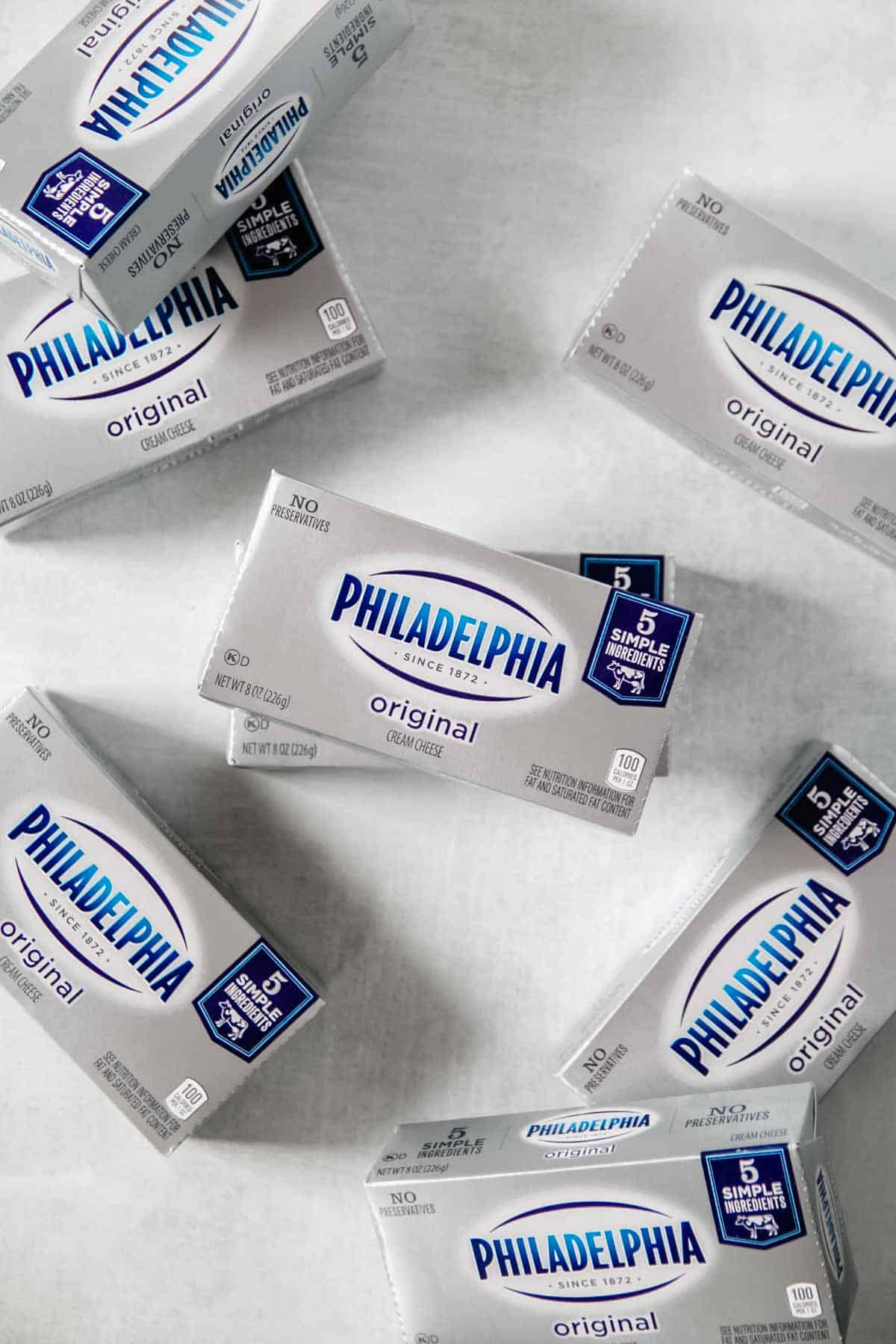
Are Other Brands Gluten Free?
Yes, most cream cheese is gluten-free. Some brands will also label it as gluten-free, Prairie Farms, Walmart, and Crystal Farms to name a few.
Regardless, provided a check of the label for additional ingredients, cream cheese is typically made without gluten and is safe to consume on a gluten-free diet.
When is Cream Cheese Not Gluten Free?
All this to say, there are still situations that need to be considered if you're strictly avoiding gluten. Cream cheese, whether in brick form or in a tub, should not be shared with gluten-containing foods.
If the cream cheese comes in contact with gluten-containing foods, it is no longer safe to eat for someone with Celiac Disease or gluten-intolerance.
This can happen if you spread cream cheese on a bagel and then dip the knife back into the cream cheese, introducing crumbs. Or if you dip crackers or pretzels directly into the cream cheese at home or at a party. In restaurants, spreads are generally shared across many items, so the cream cheese there would likely have crumbs as well.
What you should do:
- Keep your own container of cream cheese labeled 'gluten-free' and use only for gluten-free foods.
- Ask to get your helping first at parties and don't go back for seconds.
- At restaurants and cafes, ask for cream cheese from a new container.
Key Takeaways
- Most cream cheese is gluten-free. It is made without gluten and is safe to consume on a gluten-free diet.
- Always check labels, just in case! That will always provide you with the most up to date information.
- Take cross-contact into consideration when consuming cream cheese from an already open container.
Gain access to our FREE exclusive mini-series:
Gluten-Free Baking and Lessons Learned!
Plus, be the first to know about new recipes and exciting announcements!
📩 Sign up for the Mini-Series Here! 📩
More Gluten-Free Resources
Disclaimer: The information in this article is the personal opinion of the author and for educational purposes only. This is not medical or nutritional advice. Please consult a doctor or medical professional before making changes to your diet or regarding any health related decisions. Ingredient information was accurate at the time of posting but should always be verified by the consumer by checking the product ingredient label for the most up to date information.


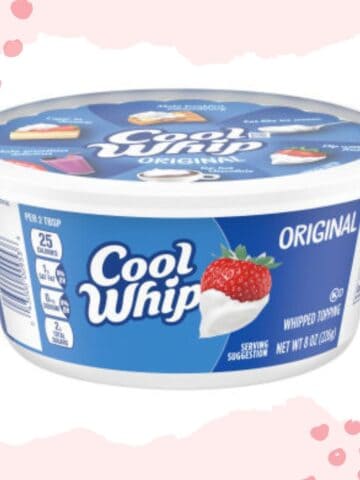

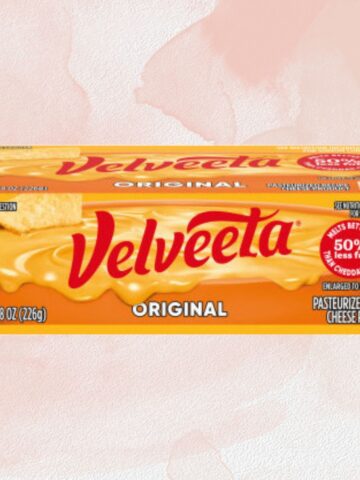

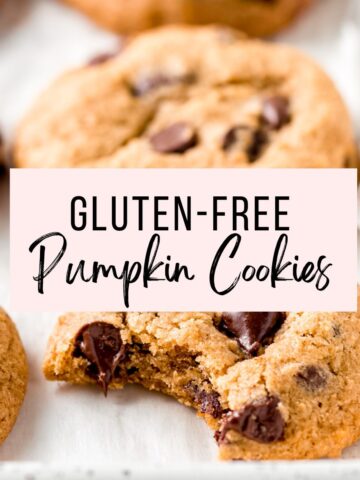
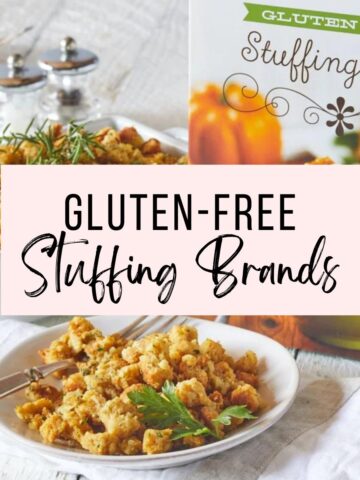


Comments
No Comments